Adriana Varejão and Paula Rego consider violence, power structures and the body in Lisbon
Interesting parallels emerge as the two artists are placed in dialogue in an exhibition at Lisbon’s Centro de Arte Moderna
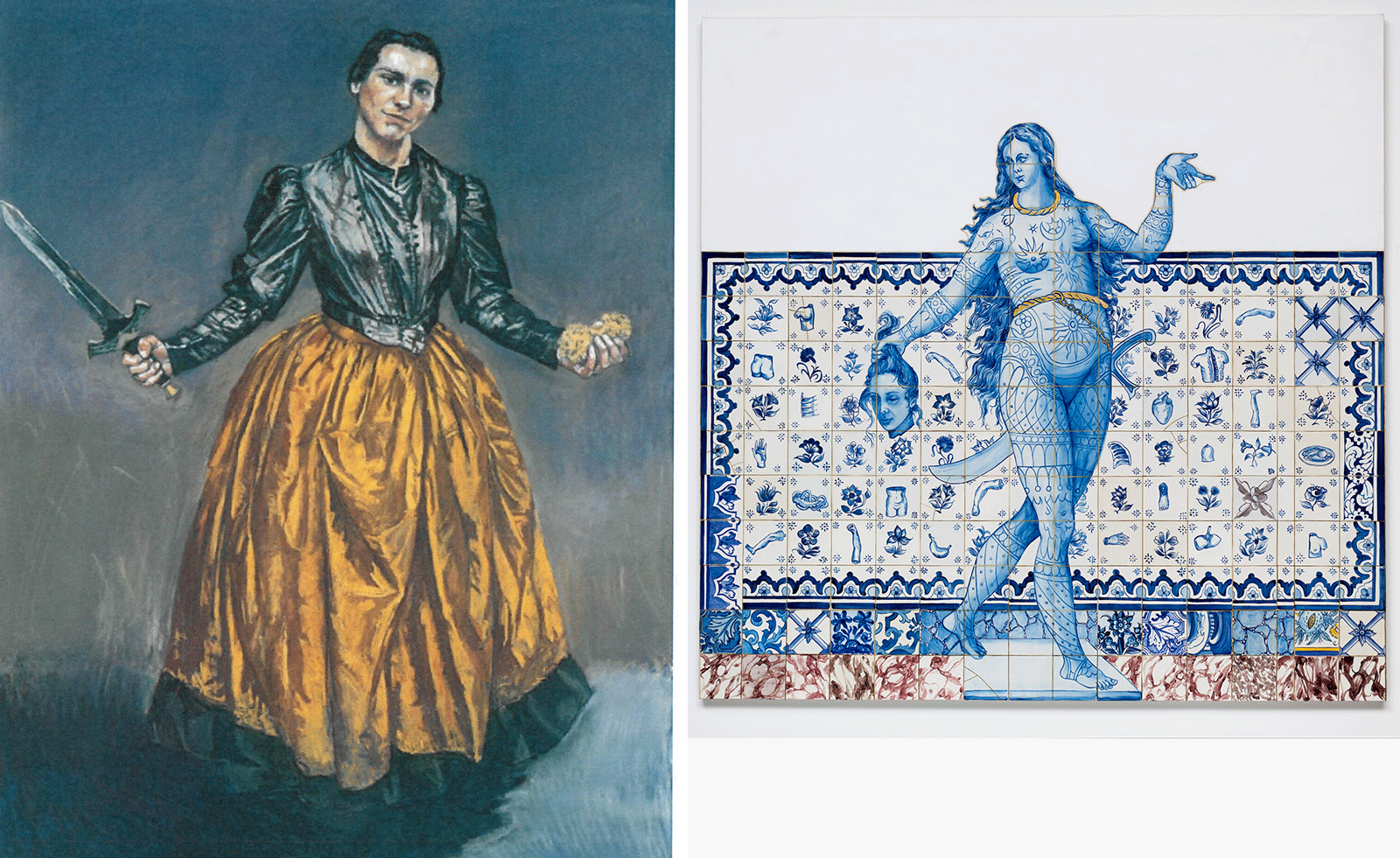
‘In this exhibition, the body is a central metaphor – open, fragmented, layered,’ says artist Adriana Varejão, whose works are currently being shown in dialogue with Paula Rego at Centro de Arte Moderna in Lisbon. ‘What you’ll see are works that explore these visceral qualities, yes, but not only in terms of violence or rupture. They also speak of history, memory, and the porousness between cultures. My use of flesh, tiles, and wounds is a way of addressing not just physical trauma, but cultural and historical fissures. So yes, you’ll see wounds – but also healing, complexity, and resistance.’
Pairing these two artists in dialogue here is a natural sequel to a joint exhibition held towards the end of Rego’s life in Rio de Janeiro in 2017, which spotlighted the parallels between their work. From different generations and cultures, they hold a surprising amount in common, sharing a leaning towards a visceral uncovering of oppressive power structures, often translated through the lens of eroticism and violence.
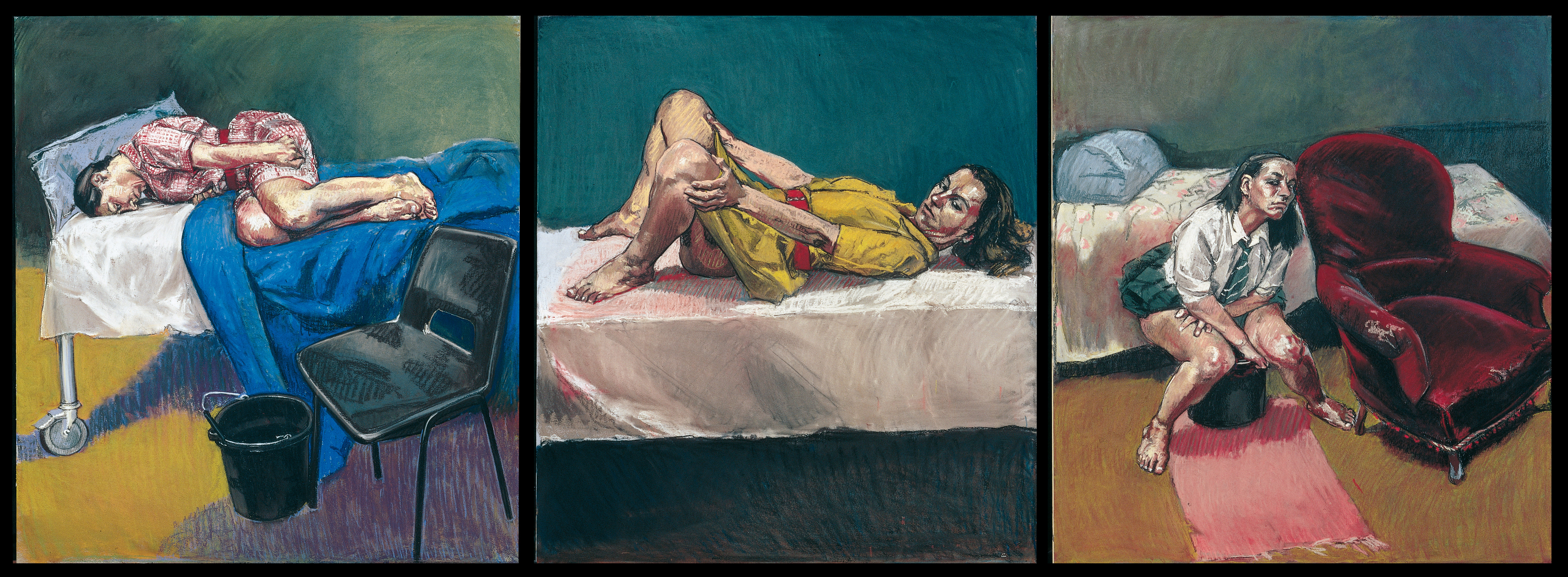
Paula Rego Triptych, 1998
Both artists grew up in port cities under military dictatorships, and while Varejão explored the consequences of colonialism in her native Rio with literal rippings and gaps, Rego embraced fantastic elements in her work to reflect on Portugal’s dictatorship.
‘Paula’s work has moved me deeply since long before I met her,’ Varejão says. ‘There’s a raw, fearless energy in her images – a kind of friction between the intimate and the political – that resonates with my own concerns as a woman and as an artist. Though we hail from different geographies and generations, I feel our works are drawn toward similar territories: the grotesque and the domestic, the body as a vessel for memory, power, violence, and invention. What drew me to this exhibition was precisely that sense of encounter – not just a curatorial juxtaposition, but a kind of affective choreography – a dialogue between two women unafraid to confront the world with intensity and imagination.’
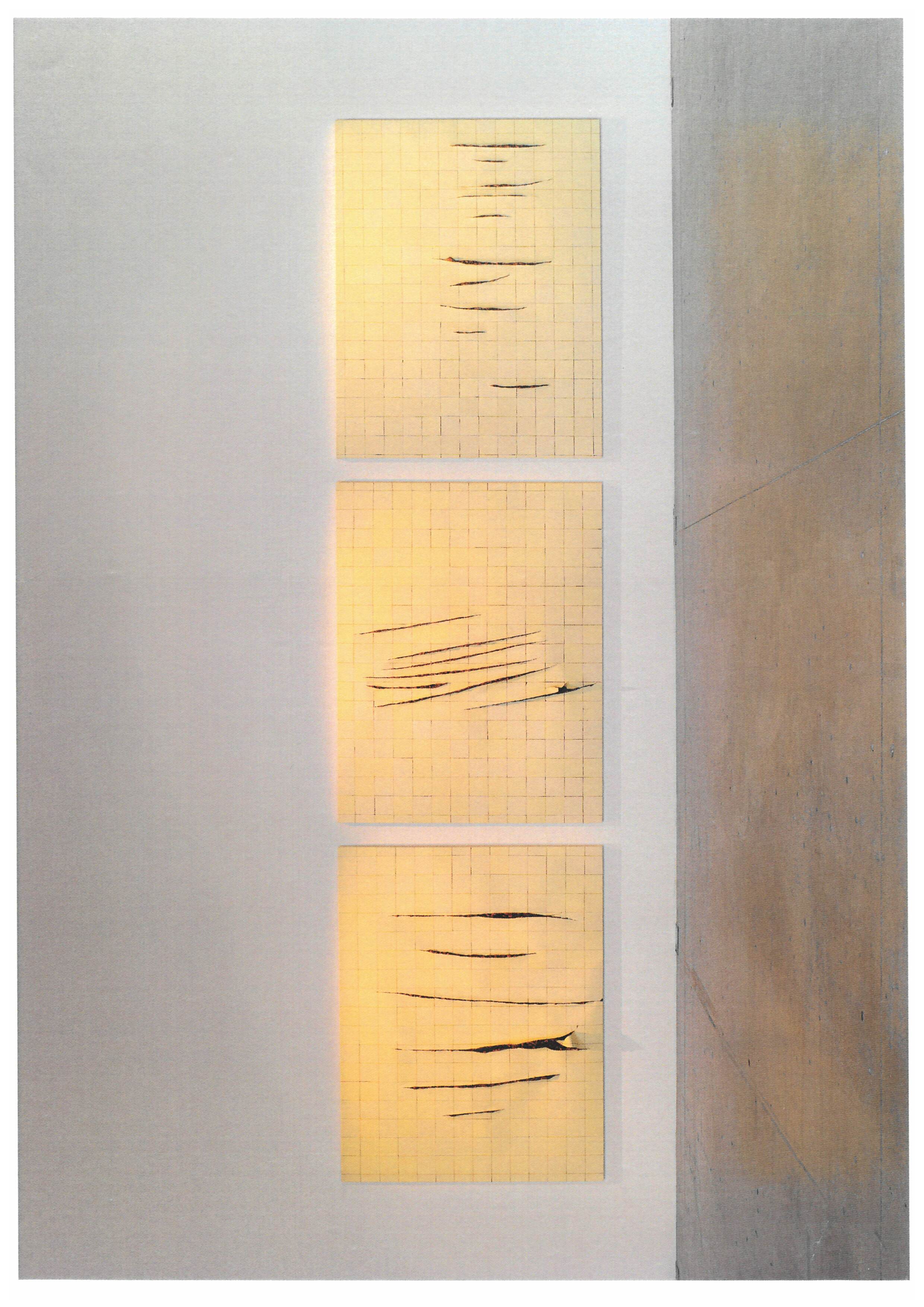
Adriana Varejão.Wall with Incisions à la Fontana (Triptych), 2002 Museo de Arte Contemporáneo Helga de Alvear, Cáceres
Varejão has created new works for the exhibition, which spans six decades and a multitude of mediums, from installation to sculpture, engravings and paintings. When two artists' works are viewed alongside each other, parallels are clear. Here is Rego’s Triptych (1998), her series on abortion depicting women in pain on stretchers, the victims of misogynistic politics, sitting alongside Varejão’s Extirpation of Evil by Overdose (1994) and Extirpation of Evil by Incision (1994), her own take on the medical shortcomings in women’s healthcare. Other pairings are often more subtle reflections on the artists’ preoccupations, such as in Rego’s defiant Angel (1998), showing a woman in a gold skirt wielding a skirt, juxtaposed against Wall with Incisions a la Fontana (2002), Varejão’s vibrant azulejo tiles, slashed down the middle.
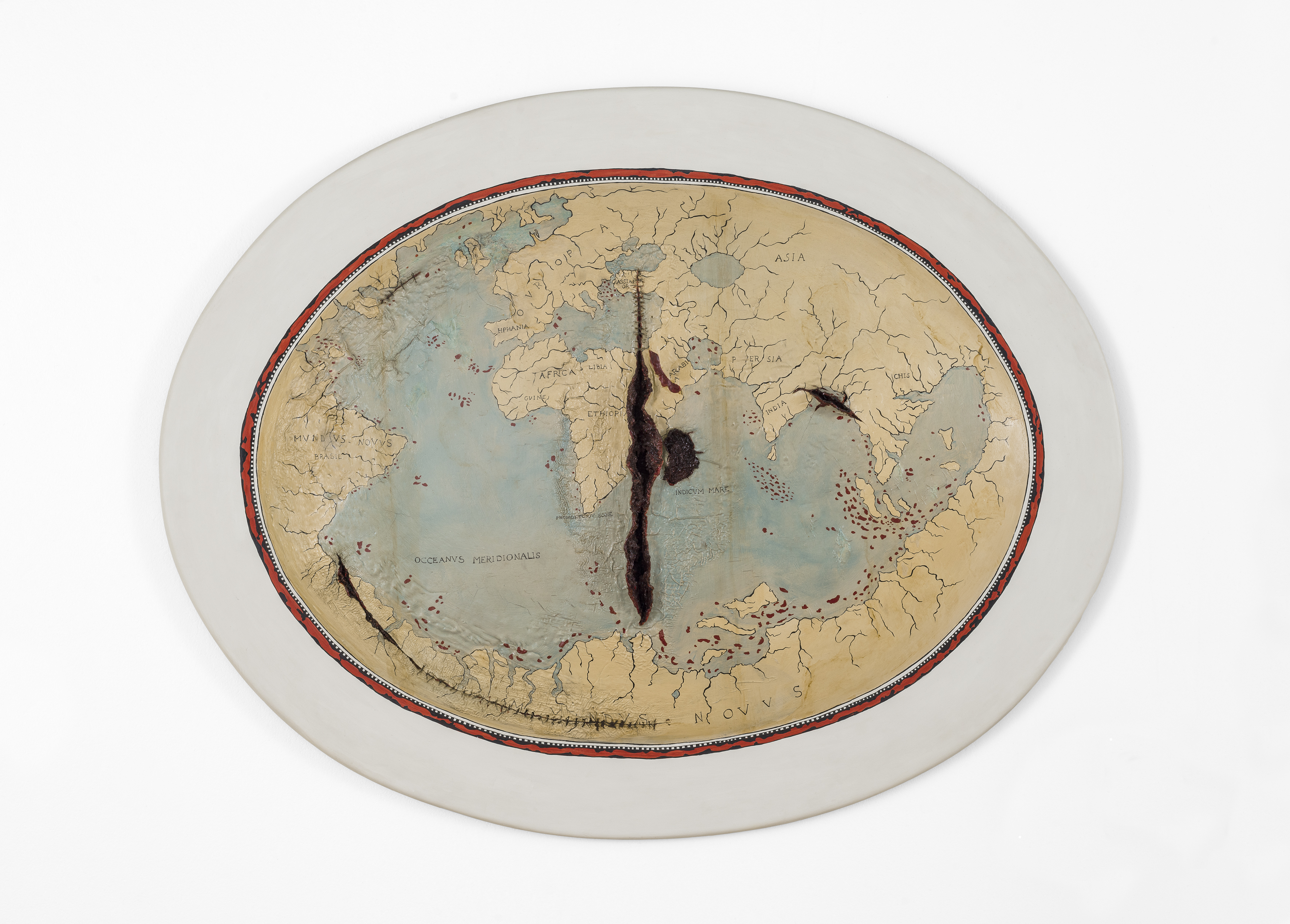
Adriana Varejão. Map of Lopo Homem, 1992
‘I work primarily with painting, even when the surfaces might suggest otherwise,’ Varejão adds. ‘I never use real ceramic, tiles, or flesh – what interests me is the illusion of these materials. For instance, the crackled areas are made with plaster to mimic ceramic; some open sections are supported with aluminum; and the flesh-like textures are often shaped with polyurethane foam. But everything is always finished with oil paint. The tile-like surfaces, with their delicate designs and luminous presence, weave a kind of silent balm across the ruptures. This tension – between the ornamental and the bodily, the structured and the torn – is where I find a space for tenderness. It’s not about masking the violence, but about allowing beauty and vulnerability to coexist, to complicate each other, and to invite the viewer into a more layered emotional experience.’
‘Paula Rego and Adriana Varejão. Between your teeth’ is at CAM- Centro de Arte Moderna until 22 September 2025
Receive our daily digest of inspiration, escapism and design stories from around the world direct to your inbox.
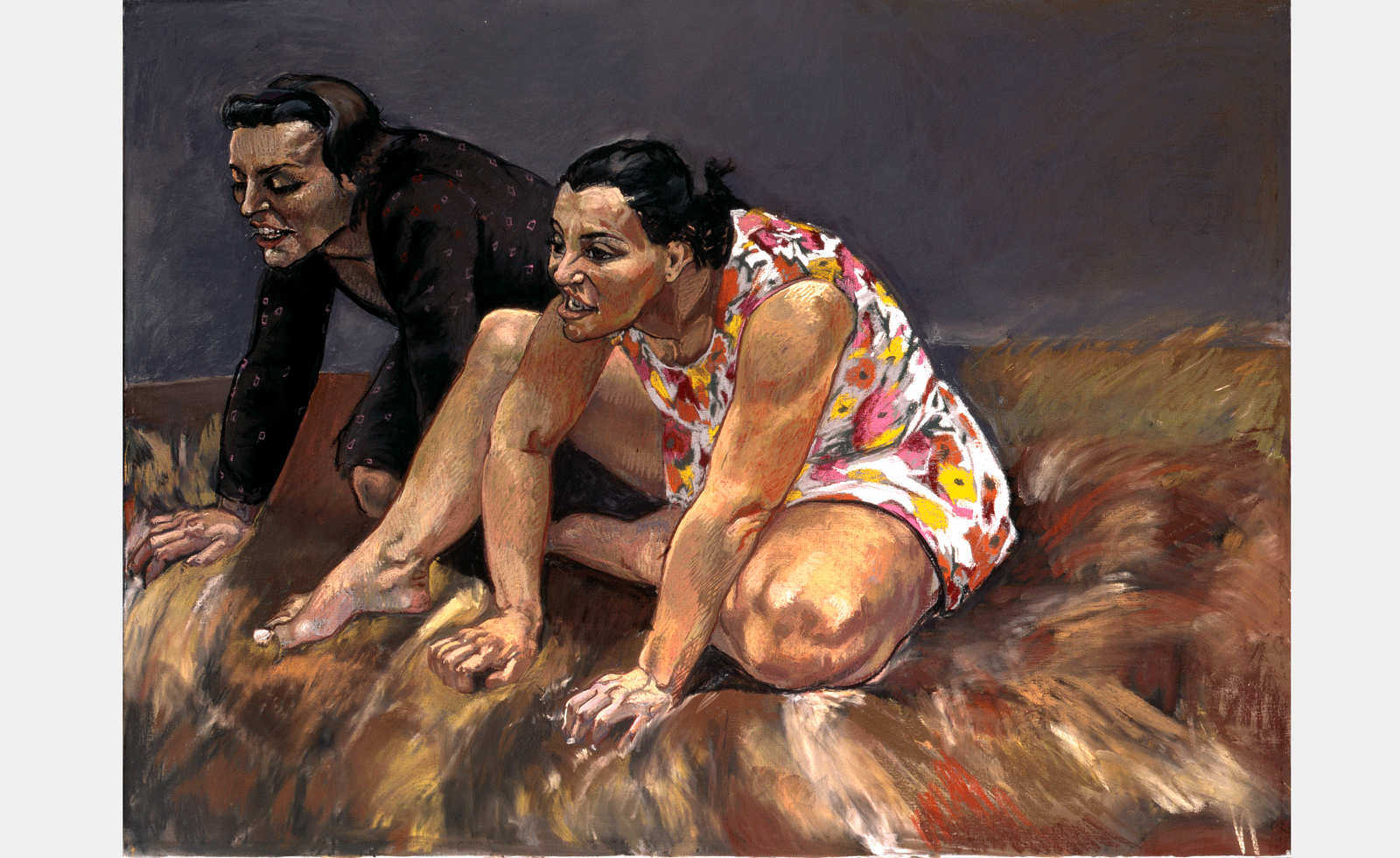
Paula Rego Scavengers, 1994
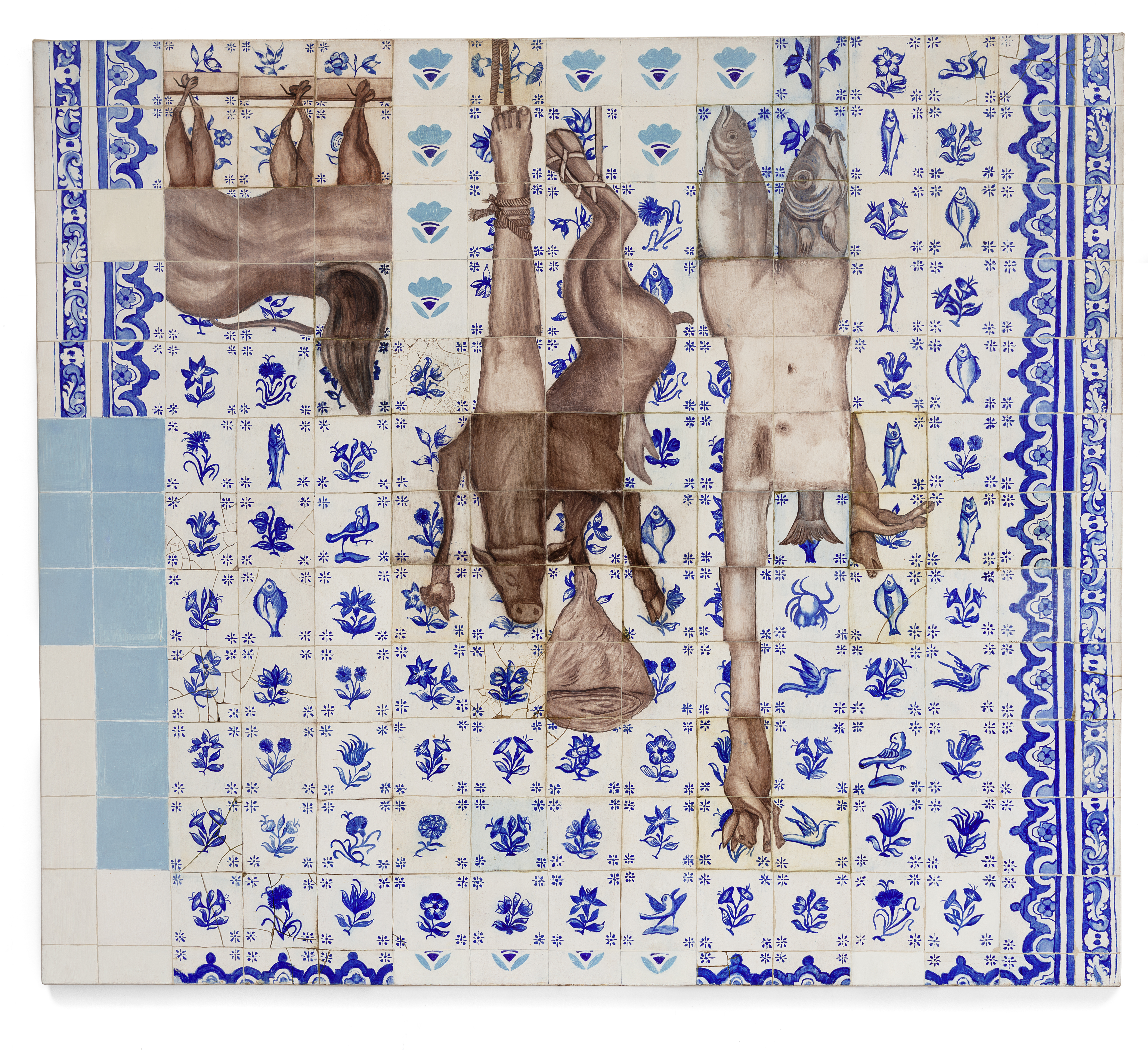
Adriana Varejão. Kitchen Tiles with Assorted Game, 1995
Hannah Silver is the Art, Culture, Watches & Jewellery Editor of Wallpaper*. Since joining in 2019, she has overseen offbeat art trends and conducted in-depth profiles, as well as writing and commissioning extensively across the worlds of culture and luxury. She enjoys travelling, visiting artists' studios and viewing exhibitions around the world, and has interviewed artists and designers including Maggi Hambling, William Kentridge, Jonathan Anderson, Chantal Joffe, Lubaina Himid, Tilda Swinton and Mickalene Thomas.
-
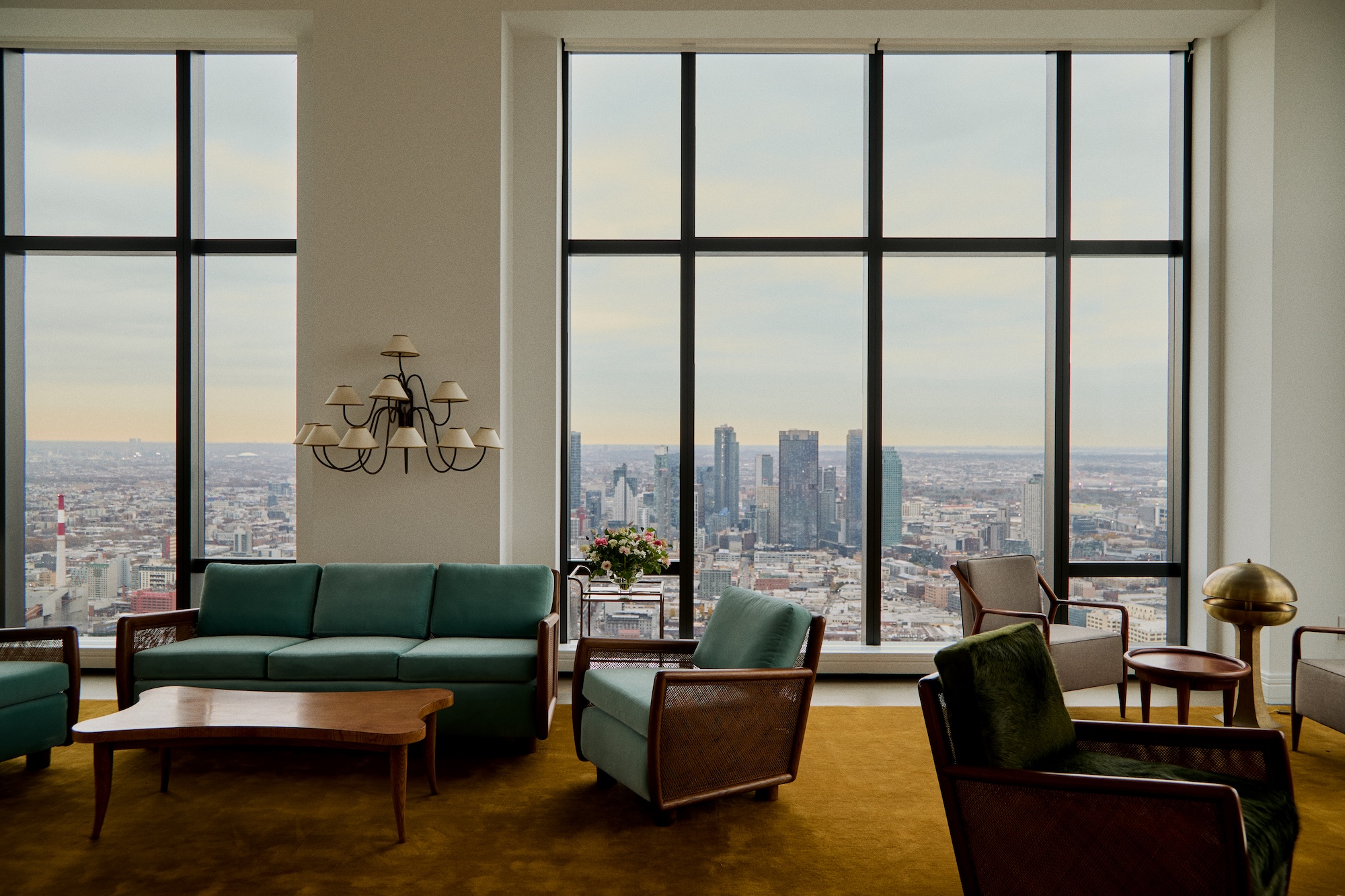 A breathtaking exhibition celebrating modernism’s transatlantic ties soars above Manhattan
A breathtaking exhibition celebrating modernism’s transatlantic ties soars above ManhattanCurated by interior designer Andre Mellone, 'Crossed Trajectories' at Galerie Gabriel's penthouse explores connections between nomadic post-war creatives Jean Royère, Roberto Platé and more
-
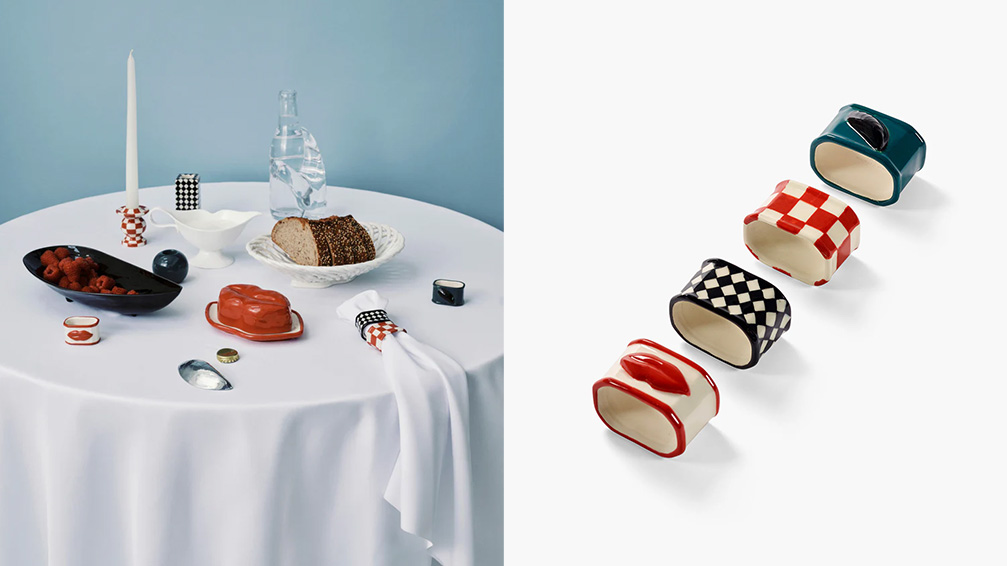 Sculptural, design-led napkin rings for festive tables
Sculptural, design-led napkin rings for festive tablesThe simple napkin ring harbours the potential to bring a stylish punch of personality to any table setting
-
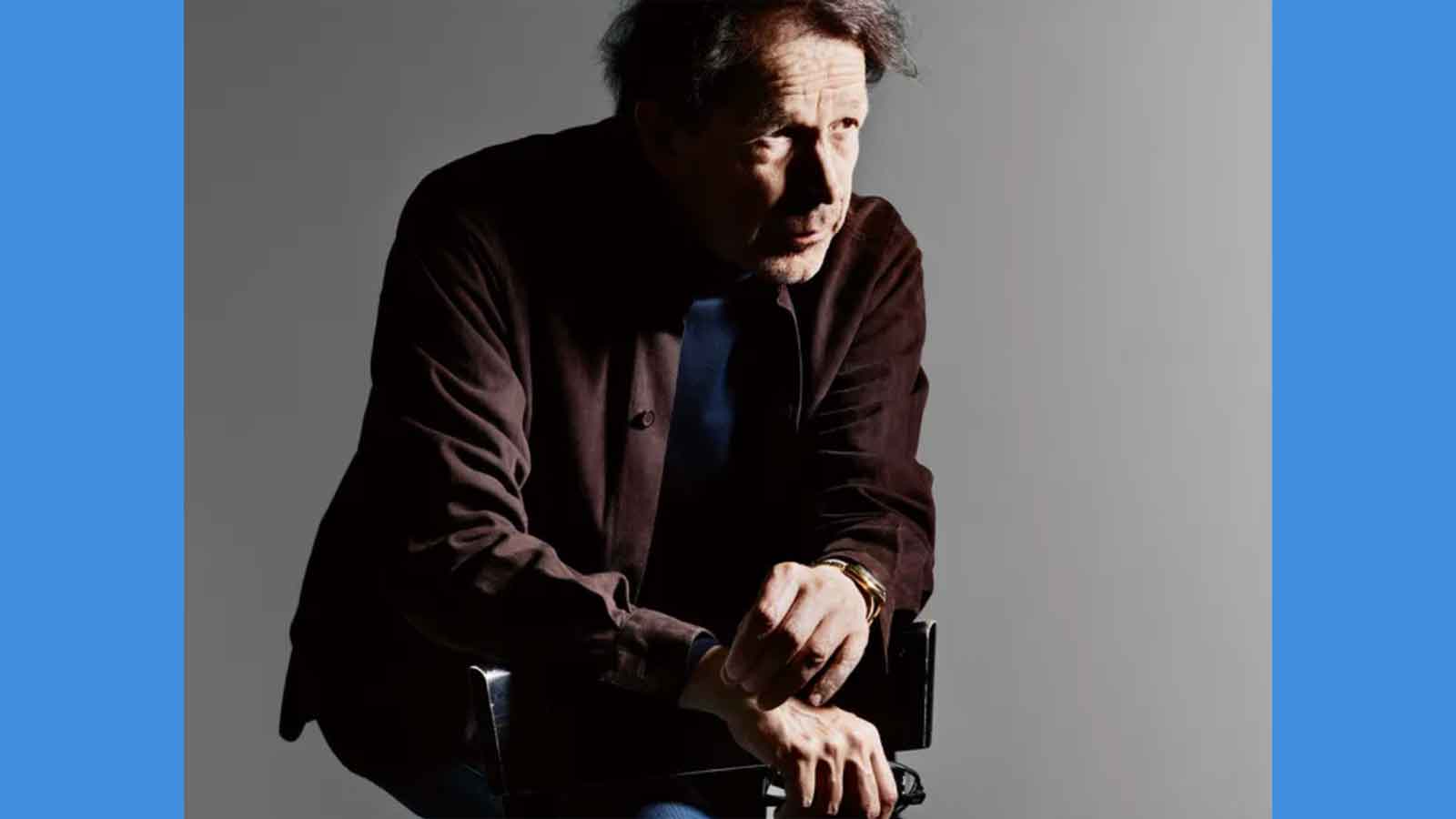 How Peter Saville came to art direct the best of contemporary culture
How Peter Saville came to art direct the best of contemporary cultureFrom Peter Saville's first steps with Factory Records and legendary album designs to his later work in art and fashion: we chart the history of the British art director